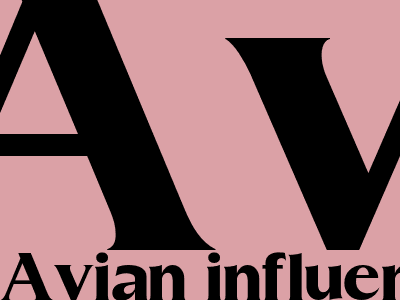
Pandemic Preparedness: California's Response to the Rising Threat of Avian Influenza
Avian Influenza: An Emerging Threat
What is Avian Influenza?
Avian influenza, also known as bird flu, is a highly contagious viral infection that affects birds. Strains of the virus that have the potential to infect humans typically originate in wild birds, particularly waterfowl, and can be transmitted to domestic poultry, including chickens, turkeys, and ducks, through direct contact with infected birds or their bodily fluids.
Pandemic Potential
Certain strains of avian influenza, such as H5N1 and H7N9, have the ability to adapt and gain the capacity to infect humans, posing a significant public health threat. The H5N1 strain has been responsible for several outbreaks in humans, causing severe respiratory illness and fatalities.
California's Response
Enhanced Surveillance and Monitoring
In light of the increasing prevalence of avian influenza, California has implemented enhanced surveillance measures to detect and monitor the virus in wild bird populations and domestic poultry.
The California Department of Fish and Wildlife (CDFW) has established a statewide avian influenza surveillance program, which includes regular monitoring of wild bird populations, testing of dead birds, and tracking of migration patterns.
Biosecurity Measures for Poultry Farms
To prevent the spread of avian influenza among domestic poultry, the California Department of Food and Agriculture (CDFA) has mandated strict biosecurity measures for poultry farms.
These measures include isolating poultry from wild birds, disinfecting equipment and facilities, and implementing stringent hygiene protocols for workers.
Public Health Preparedness
The California Department of Public Health (CDPH) is working closely with healthcare providers and public health agencies to ensure the state is prepared for a potential outbreak of avian influenza.
The CDPH has developed a comprehensive pandemic preparedness plan, which includes guidelines for early detection, infection control, and public communication.
Conclusion
California's proactive approach to avian influenza preparedness is essential for protecting public health and preventing a potential pandemic.
By implementing enhanced surveillance, enforcing biosecurity measures, and coordinating preparedness efforts, the state is well-positioned to mitigate the threat posed by this emerging virus.